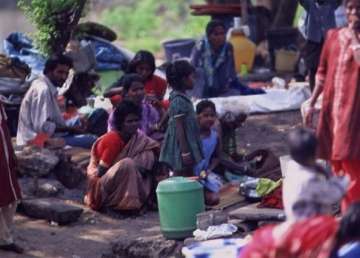New Delhi: Six decades after the Constitution of India abolished untouchability in the society, more than a fourth of Indians say they continue to practise it in some form inside and outside their homes.
What is interesting is that untouchability is now being practised even by those sections who have been traditionally victims of this inhuman practice. The menace has spread to sections like OBCs, SCs and even Muslims who claim that there is no such division in their community.
A survey conducted in over 42,000 households across India by the National Council of Applied Economic Research (NCAER) and the University of Maryland, US, claimed that Indians who admitted practising this belong to every religious and caste, including Muslims, Scheduled Castes and Scheduled Tribes.
It stated that untouchability is the most widespread among Brahmins followed by OBCs.
Untouchability, among religious communities, is most widespread in Hindus, Sikhs and Jains.
Approximately 27 per cent people admitted that they still practise untouchability in some form.
The survey showed that every third Hindu, 30 per cent, agreed to the practice, followed by Sikhs, 23 per cent, Muslims 18 per cent, and Christians, 5 per cent. Jains topped the list, with 35 per cent respondents accepting to practice the same.
It further claimed that untouchability is most widespread in the Hindi heartland.
According to survey, 53 per cent respondents in Madhya Pradesh, second largest state in the country by area, said that they practise untouchability, followed by Himachal Pradesh, 50 per cent, Chhattisgarh 48 per cent, Rajasthan and Bihar 47 per cent, Uttar Pradesh 43 per cent, and Uttarakhand 40 per cent.
Only 1 per cent of respondents in West Bengal confirming they practise untouchability, followed by Kerala with 2 per cent, Maharashtra, 4 per cent, northeast, 7 per cent, and Andhra Pradesh, 10 per cent.
It also suggested that high incomes do not dent the practice, but education, especially among Brahmins and OBCs, makes a difference.
NCAER, established in 1956, is India's oldest and largest independent, non-profit economic policy research institute.
The data released are part of the India Human Development Survey (IHDS-2) — the largest pan-Indian non-government household survey — carried out in 2011-12 for economic and social variables across multiple categories. The full results of the survey will be available next year.
Latest India News
